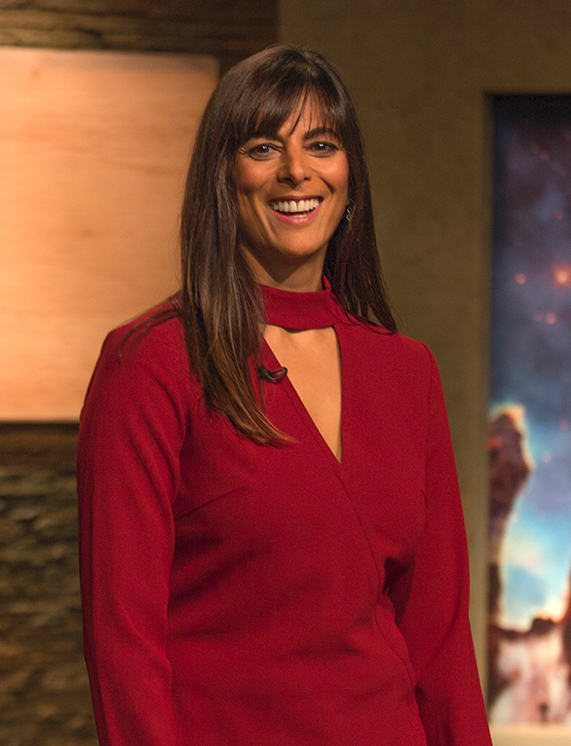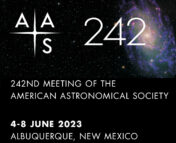In this series of posts, we sit down with a few of the keynote speakers of the 242nd AAS meeting to learn more about them and their research. You can see a full schedule of their talks here, and read our other interviews here!

As the age-old wisdom goes, “To understand the world, one must understand oneself,” Dr. Meenakshi Wadhwa’s path into astronomy began similarly by studying our own planet as a geology major in college. She is currently the Director of the School of Earth and Space Exploration at Arizona State University. In an era blooming with new exoplanet discoveries, her plenary talk at AAS 242 will focus on what we can learn from our own solar system’s formation and evolution, and apply that knowledge to other worlds.
While learning and applying physical and chemical principles to understand how the Earth works, Wadhwa was intrigued by the rocky planets closest to us: Mars and Venus. “I wondered why it was that their kind of geological evolution was so different from that of the earth,” she said, eventually gravitating towards a doctoral degree in planetary science at Washington University in St. Louis. Here, working with meteorite samples thought to have come from Mars, Wadhwa got a wonderful realization—“I could actually, almost vicariously, be a geologist on Mars!”
Wadhwa’s research uses techniques such as mass spectrometry to analyze the composition of space rocks which formed under very different temperature and pressure conditions at various stages of the solar system. In particular, she studies abundances of short-lived radionuclides—isotopes that decay over various time periods—to chart out the cosmic history of our solar system right from its formation from a pre-solar molecular cloud to the birth of planets in a protoplanetary disk and their subsequent evolution.
Looking into the future, Wadhwa is most excited about the Mars Sample Return mission, for which she serves as the Principal Scientist at JPL. The Perseverance rover launched in 2020 has already collected rocks and soil from the Jezero crater on Mars—once thought to have been a reservoir of water—and stored them in capsules ready for collection. Besides knowing their exact location, Wadhwa said it is valuable to bring back actual samples from Mars since they are sedimentary rocks that were possibly laid down in an environment with water. This means they have the potential to record evidence of past life if it existed, unlike martian meteorites, which are igneous rocks and face contamination on entry into the Earth’s atmosphere.
While discovering thriving life-forms is a long shot, any evidence of past life is sure to have a fundamental impact on the way we view it. “The question of past life is only interesting in the sort of broader geologic context of what the environment was like that may have supported it,” Wadhwa said. “And so we’re going to learn a lot about the geologic history, the evolution of climate on Mars, all of those things from bringing those samples back.”
To hear more about the Mars sample return mission and solar system studies, tune into Dr. Meenakshi Wadhwa’s Plenary Lecture at 11:40 am MT on Thursday, June 8th at #AAS242!
Edited by: Sahil Hegde
Featured image credit: AAS


12:40am 10-23-2023 I just saw a shooting star in Summerville sc with a southerly direction